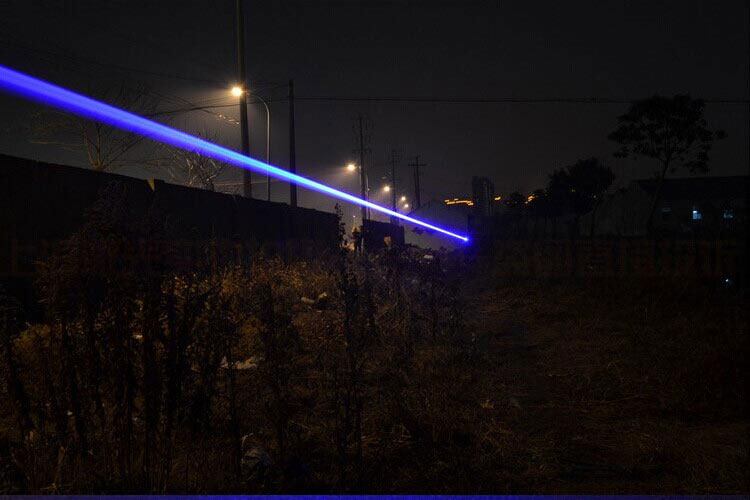Ultra-narrow linewidth lasers are used not only for atomic clocks but also for certain types of spectroscopy, coherent optical communications, and interferometric sensors. In addition to wavelength stability, phase noise is also important for these lasers. Phase noise is the deviation of the time-varying electric field of the 50mw green laser beam from the pure sine wave. In addition, the presence of phase noise limits the resolution of the system used by the laser; and the phase noise of this ultra-precision laser is difficult to measure.
Comparison of three Yahz line linewidth lasers to achieve the derivation of each phase noise. These lasers are ultra-stable laser diodes that emit wavelengths of 1542 nanometers, each locked in their respective ultra-stable optical resonators with a frequency difference between the lasers of less than 600 MHz. When measuring each laser, the other two lasers are used as a reference object. The researchers measured the phase noise power spectral density in the Fourier frequency range of 0.5 Hz to 0.8 MHz. They determined that the noise of the cross-correlator itself was very low - much lower than any ultra-wide-line 200mw green laser. These three lasers reduce the phase noise of less than 2 / π to a 0.5 Hz Fourier frequency.
Experts say that many of the vibration of the Big Ben metal is too small to see the naked eye, but we can use the laser to get more than 500 measurements on the surface of the Big Ben, which can not be achieved by the previous technology. The results show that Big Ben is thicker and heavier than other similar sized clocks, and because of its frequency and intensity affected by the bell's profile, its diameter produces many different vibrations or patterns, which results in unexpected higher pitch The
In order to achieve this breakthrough, it is necessary to significantly enhance the output power of industrial grade ultrafast pulse lasers. With several megawatts of peak power and very short pulse duration (about one trillionth of a second), ultrafast pulse 100mw laser pointer are ideal tools for high-precision machining of many materials, such as high-strength protective glass for optical displays. However, the current laser cutting technology, each laser pulse can be modified or removed the volume of the material subject to the available laser pulse energy size, thus affecting the cutting efficiency. This defect sets a good starting point for the ScULPT project, which will increase the processing yield by increasing the power of the laser pulse.
In addition to using new light sources, more R & D investment from increased laser power to improve processing efficiency. The development tasks include the construction of suitable fiber module induction and beam shaping adapters, as well as the optimization of synchronization between laser and beam scanning systems. In the middle of these companies and research institutions, project partners believe they have complete expertise to cover the entire industry chain, from basic research, reinforcement of beam sources, to 400mw green laser processing of industrial glass and metals.
Researchers have developed a new display that creates three-dimensional images by using lasers to form tiny bubbles in the "screen" of the liquid instead of drawing 3D scenes on a flat surface. The display itself is three-dimensional, Volume structure. This allows the viewer to see a columnar display in a three-dimensional image without any 3D glasses or headphones. To create a color of the updatable stereoscopic display is challenging because many 3D pixels or voxels are used to form stereoscopic graphics in different colors. The three-dimensional structure of the microbubble is produced using a focused femtosecond laser pulse in the liquid. The bubble pattern can be colored by changing the color of the illumination light.
The phenomenon of new bubbles is called multiphoton absorption, which occurs in the case of light focusing at the point where the femtosecond 30mw green laser multiphoton is absorbed. Multi-photon absorption allows researchers to create microbubbles in a very precise position by focusing the mobile laser into a liquid-filled container as a different part of the "screen". Use a high viscosity or dense liquid to prevent the formation of foam in the liquid, but once the bubble is formed, immediately rise to the top of the liquid position.
http://www.motor-talk.de/blogs/beautiful-life/excimer-laser-systems-t5981989.html



 留言列表
留言列表


